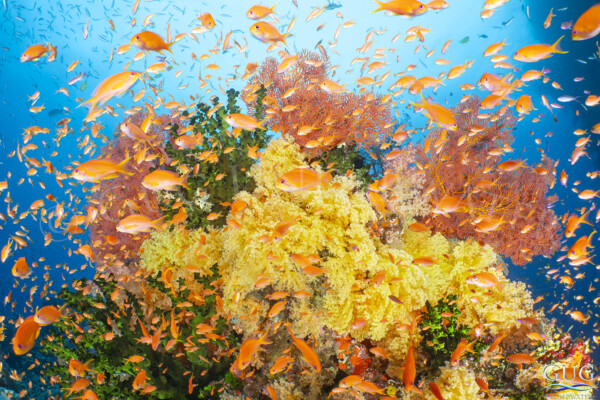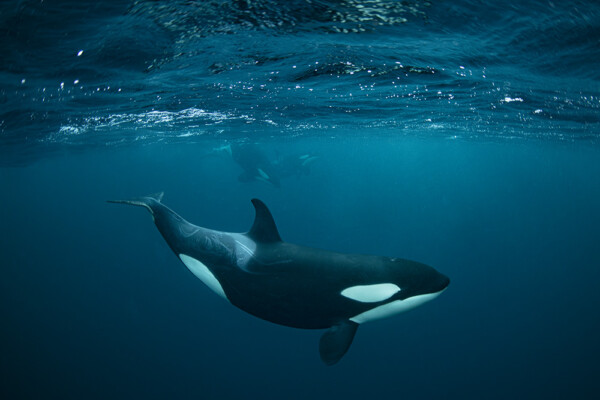I have a plan for my work. It’s unfortunately a sad plan. For the past few years I’ve been planning my shoots and travels based around what isn’t going to be here in a few years based on what we humans are doing to our planet. Foremost on my mind, are certain species of large sharks, rays, and the so-called “gamefish”, (although I’m sure if they could talk, gamefish would hate being called gamefish). One of the species that we have caused to be the most imperiled in 2020 is the oceanic whitetip shark Carcharhinus longimanus (not to be confused with the whitetip reef shark), and the primary goal of the Dec2019-Jan2020 trip was to find them in one of their last two strongholds – the southern region of the Egyptian Red Sea.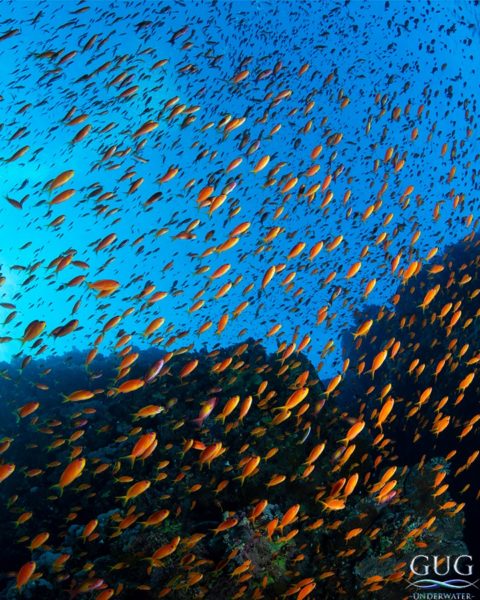
Travel to Egypt from the USA is currently a bit inconvenient, and usually requires a layover in Europe, somewhere in the Middle East, or (as on the return flight) Moscow. This is in large part due to the sharp decline in Egyptian tourism since their revolution, a little less than a decade ago. Our original flights were on Thomas Cook Airlines through London. Those who follow the news or international finance are aware that circa October2019, our tickets dissolved as that airline went bankrupt and closed doors without notice. No prob – new tickets purchased on Turkish Airlines. Unfortunately, to my dismay, as I found out at the MIA airport, Turkish actually weighs carry-ons – a monumental fear for the traveling underwater photographer! So some of my precious gear went to checked luggage, and some went into ridiculously overstuffed pants and sweatshirts that we were wearing. Really, I haven’t had this problem in over a decade and dozens (hundreds?) of flights. But after a layover in Istanbul, we got to Hurghada, Egypt, and then after a 3.5-hour drive south through multiple police checkpoints to Marsa Alam, we finally met our boat, and proceeded to crash from sheer exhaustion.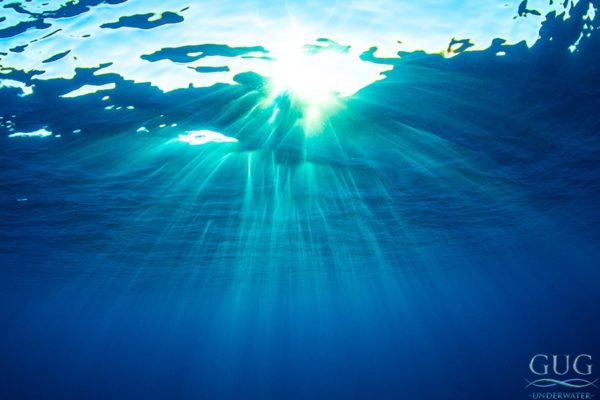
Okay, getting ready to get wet. There are few boats who travel this far out into the middle of the Red Sea to the realm of the oceanic white-tip, so we chose the Red Sea Aggressor I liveaboard. Backtracking a bit, about 3 weeks before this trip, our friend Patricia texts a photo of a burning boat and says, “hey, this is a pic from 4 days ago – isn’t this the boat you’re going on?” Uh-oh…. Even though we had been on the phone with them yesterday to make a payment, they had “forgotten to mention” to us that the boat had been at the bottom of the Red Sea for several days…. But they’re getting a replacement boat called the Scuba Scene, which turned out to be quite a nice (and massive) boat with a crew of 18. Okay, whatever, just get me to my sharks!
So en-route to the far away shark area, the diving is good. It’s exceptionally clear water, and plenty of life. There are wonderful schools of orange and pink anthias fish almost everywhere, but most commonly, they’re taking shelter in large heads of fire coral, rather than the gorgonian sea fans that I had envisioned. I’m learning pretty quickly though, that the crew of the boat, while quite experienced in this area, don’t work with serious photographers much at all. They’re much more accustomed to working with brand new European divers who need their hand held and everything done for them. All I’m looking for is, “put some chum in the water where the whitetips live, and get out of the way”. Anyway, it would be another day before getting to the shark area.
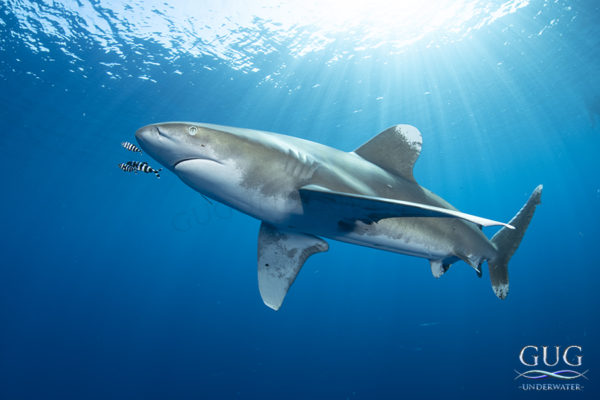
Okay, finally at shark-central. And soon my heart dropped. Rather than laying out the gobs of chum I was expecting, we were informed that about a year ago, a diver here got nibbled. The Egyptian government soon after banned all diving in this area for 3 months while they sent in a team of so-called “experts” to evaluate the situation. Their determination was that A) chumming is now outlawed in Egypt, B) all diving must cease by 4pm in this area, and C) snorkeling is banned in this area altogether. Now I could rant on and on about how these “experts” are nincompoops, and why I disagree, and how disappointed I am that I couldn’t find this information before I booked this trip, but suffice to say, I was pretty pissed. There’s a simple rule: no chum = no sharks. Now I’m not taking about an occasional “oooh I saw a shark” (from 30’ away) – I’m talking about the ability to create a truly great image of a shark less than 6” from my lens. The sad part is that the crew had a very difficult time explaining that this was now a federal law – instead they just talked about the typical fearmongering that we’ve come to expect from news and Hollywood, saying things like, “do you want to feed the sharks?”. I’d answer “yes!, of course”, they’d reply with, “do you want to feed them human? Because that’s what will happen if you snorkel here.” My eyes are still recovering after the strain of rolling so far back into my head. I was getting sooooo frustrated, because instead of telling me that they’re simply bound by law, they just kept spewing out misinformation and uneducated rumors based on fear. Finally after prodding and pestering, I got the truth about the new laws, and my frustration changed from being directed at the crew who couldn’t explain the situation to the “experts” and government officials who made the new laws, who were unfortunately outside my reach and ability to debate.

So….did I see a few oceanic white-tips? Did I get the shots, you ask? Well, yes! Were they the shots I had pre-visualized… nope. But shots, yes, of a very rare (in 2020) species that I consider one of the most beautiful creatures on the planet. Their super long fins with those beautiful rounded tips that look like they were haphazardly dipped in white paint….oooohhhh just sooooo sexy! But the encounters without chum were fleeting. They’d cruise by near the surface for a pass, and then disappear into the blue. This species, formerly one of the most abundant species of the open-ocean (they don’t come into the shallows or near land), is now on its way out, as it’s particularly susceptible to long-line fishing, and due to its exceptionally long fins, is a prized target species for the despicable shark-fin soup trade. Once I realized I couldn’t get the shots in my mind in Egypt, I immediately started planning to travel to the only other place on Earth where they can be regularly found, but it looks like it’s going to have to wait until 2021…. Okay, enough about my obsession with sharks.
There were a few other unexpected wildlife encounters that made my day. While diving alongside a wall, I was greeted by a floppy, dinner-plate-sized, pancake-with-a-tail-shaped ball of pure cuteness, wiggling it’s tail in a manner that makes you think either of a happy dog, or like it’s stolen my signature dance moves. It was an awfully strange place to see a lesser electric torpedo ray! Since they have no swim bladders, they are negatively-buoyant sinkers, so seeing one swimming over the open water aside a wall that leads down to the abyss was quite a shock (yes, electrical pun intended!) After 15 minutes of hard swimming (for it), it eventually settled down onto a little shelf and buried it’s head in a crack, assured that any predator (or bald photographer) would be dissuaded by the massive electrical jolt it’s capable of delivering if you were to foolishly prod it. Another unexpected encounter, also at the same general location in Brothers Reef, was a medium-sized (100-lbs) Maori wrasse that allowed me to follow alongside and photograph it for nearly 25 minutes while it searched for lunch. It was so unconcerned with my presence, that it would at times run right into me, allowing me to capture quite a few cool shots, including some cool abstracts of the awesome “Maori” patterns on it’s side which may make it’s way into the Ocean Essence Collection soon!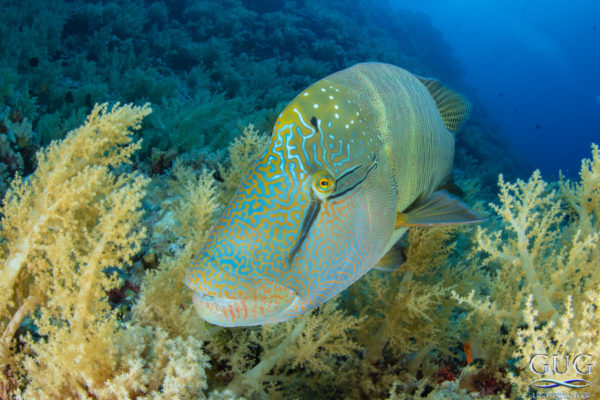
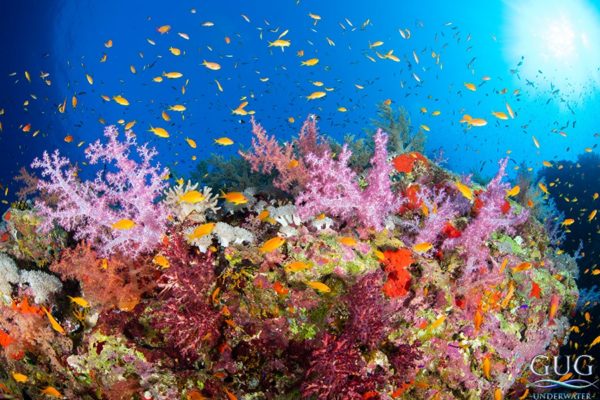
One last surprise encounter of note is three separate dives at Elphinstone (the former shark area) in practically the exact same spot, there were 2 hawksbill turtles (1st one on a 10am dive on week 1 and 2, and 2nd smaller one on a 1:30pm dive on week 2) who were ravenously ripping apart soft coral for lunch. This species of coral releases a white mucus (think tree sap, or the snot during your flu) into the water for defense when broken, so we have tons of photos and video of the turtles’ faces up-close, completely surrounded by a white cloud of stringy goo! Unlike 99% of turtle encounters, with these two superstars, they allowed the lens to be put right against their beaks, completely preoccupied with chowing down. What a great photo opportunity!
On the 2nd week, the part of the appeal of the far southern route was a chance to find a particular pod of spinner dolphins. To my amazement, the boat was moored right at this area, but the crew hadn’t even mentioned it, and was planning on taking the divers on several regular dives!?!?!?! I got a bit huffy, and took the crew aside, saying that we are right next to a potentially world-class opportunity, and this is why I (and probably the others on the boat too) flew half-way around the world….and you want to go dive on just another reef?!?! I finally convinced them to take a dinghy and drop Suzanne and I off where the dolphins frequent, and let the others go on their regular reef dive. It turned out to be the best decision EVER! We located the pod of 25 spinners almost immediately, and they remained with us for 3 hours, presenting us with multiple photo/video ops, and plenty of exhausting play. Eventually, the other passengers from our boat showed up and did about 20-minutes with them. Encounters like this are the highlight of my career, and make all the other hard work and frustration worth it, and I can’t even imagine how angry I’d be if I hadn’t been dropped off with them hours earlier and been relegated to a 20-minute encounter. I could have photographed those dolphins all day for the entire week, and skipped all the dives and lunches, and been the happiest clam in the sea. Did I get some shots? You bet your butt I did!
On the way home, we had planned a few days in Cairo to do the touristy thing, and it was well worth it. Visiting the last of the Great Wonders of the World, the Great Pyramid, and several other historical sites was an experience unlike anything else. Which brings me to a topic I’d like to discuss regarding travel to Egypt. Never before have I received so many “ooohhh be careful” speeches before departing. Logic tells us that most of that type talk comes from people who watch a lot of Fox News and have never owned a passport (although one of my neighbor friends did actually have a friend kidnapped there a few years back!……probably shouldn’t mention that, because it goes against the point I’m trying to make!!!!). But I’d like to plug Egypt and Egyptian tourism for a bit if I may. I mentioned the sharp decline in tourism there after the revolution a bit less than a decade ago. But I feel that it’s quite unfounded. The pyramids and other sites were extremely uncrowded, easy to access, and safe. Tourist women are not required or expected to wear burqus or hijabs in any setting other than inside a mosque. There are special “Tourist Police” at pretty much every site you’d want to visit, and really, the people are friendly everywhere. They’re just like Americans in many ways – practically everyone is just concerned with going to work, support their families, going about their daily lives, and they would love to see tourism as strong as it was before the revolution. And until tourism does return, there are great deals to be had, people are eager to be friendly to the few Americans travelling there, and the experience of a lifetime awaits! Seriously, can you imagine dying before you’ve stepped foot inside the Great Pyramid of Giza?!?! I’ve been telling some more stories about Egypt (above and below the water) on Facebook and Instagram @GugUnderwater, and have plenty more to share, so be sure to follow along!


